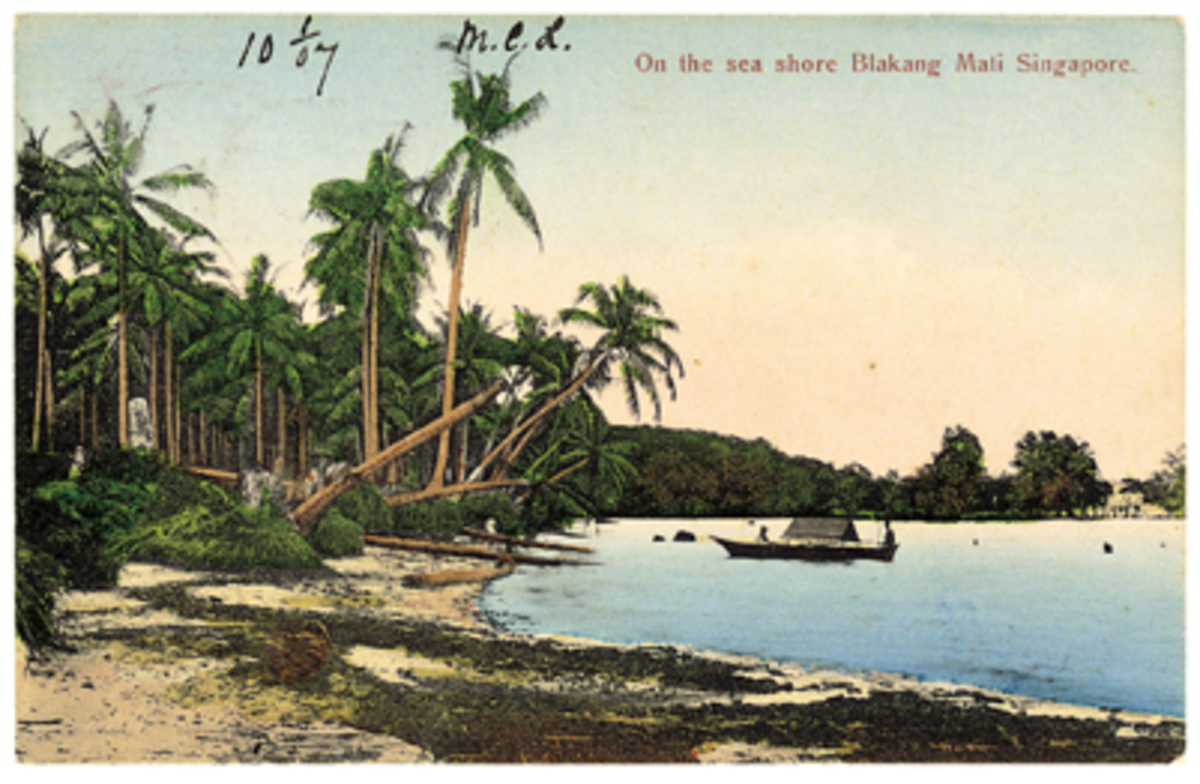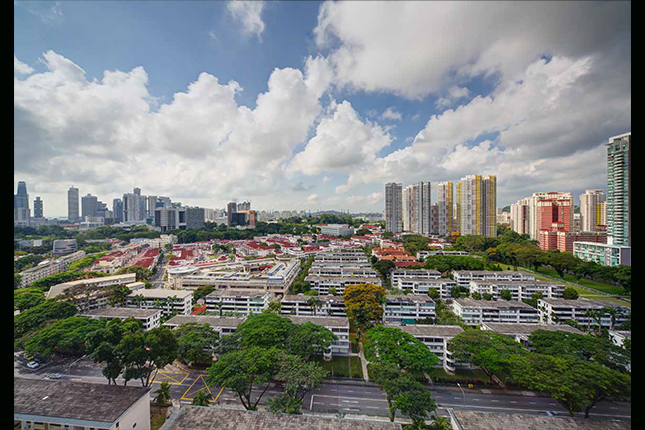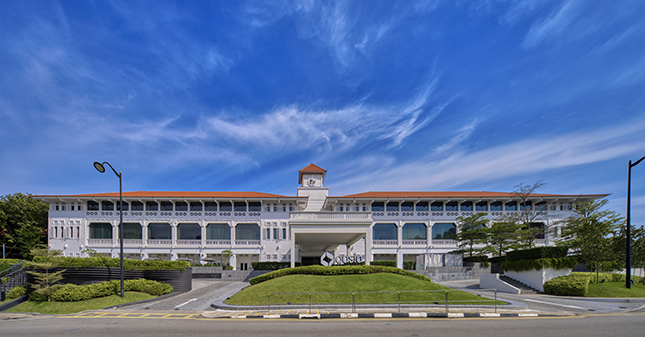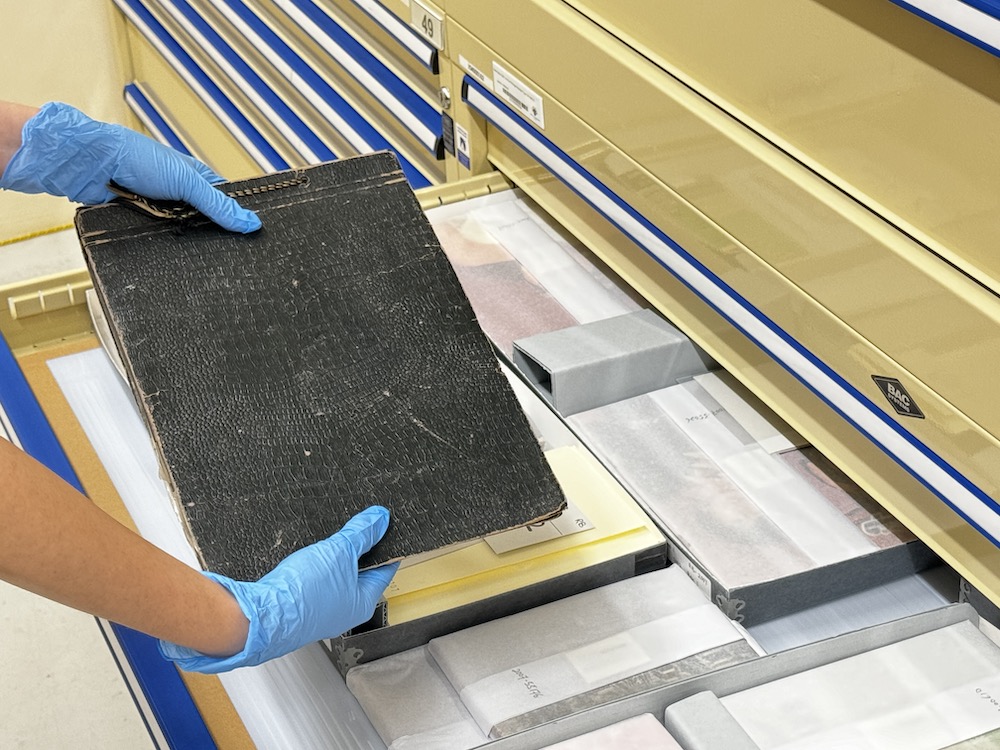After Pulau Blakang Mati (as Sentosa was formerly named) became a military outpost from 1878, the British built barracks and other infrastructure for troops stationed here. Completed in 1940, these former barrack blocks 9 and 10 were built on a military recreation ground before being adapted into hotel accommodations in the 2000s. The adjacent block 11 had been constructed as barracks in 1937 and housed the Rare Stone Museum from 1985 to 1995, before being turned into a meeting and events centre.
Behind these blocks, the stretch of land between Artillery Avenue and Palawan Beach Walk also housed living quarters designated between British and “Native” soldiers, married servicemen, sergeants and officers, as well as cookhouses and other facilities.
From the 1880s to 1942, the two main groups of troops barracked on Blakang Mati were soldiers from Britain and the Indian subcontinent. The latter, referred to as the Asiatic Artillery or Native Artillery, included the Hong Kong and Singapore Battalion (later Regiment), Royal Artillery. The soldiers of this battalion mainly comprised Muslim Punjabis and Sikhs.
On Blakang Mati, the soldiers of the British Army were segregated along the lines of rank and ethnicity. The recreation ground was perhaps the only location where soldiers could meet as equals, with troops competing fiercely at inter-unit football, cricket, hockey and athletics.
In the 1880-90s, soldiers lived in temporary sheds with attap (palm thatch) roofing, before the first barracks were built by 1904. Residential rooms occupied the first storey, while dining halls, stores and armouries were located on the ground floors. There were also reading and recreation rooms, as well as a grocer, a tailor and a shoemaker housed in the buildings. A parade ground for training, passing out parades and other assemblies was situated between these blocks.
Explore the Suggested Short Trail Routes:
-
Kampong and Barracks, 2 hours with public transport, 3km
-
Forts, 2 hours on foot, 4km
-
Memories of Sentosa, 1 hour on foot, 2.5km














